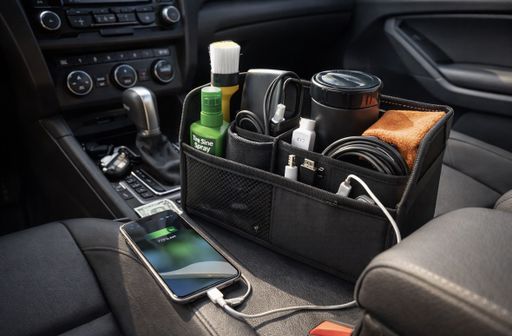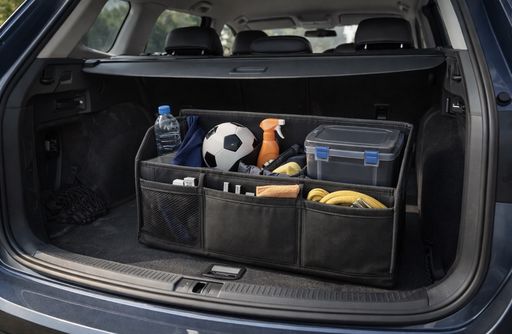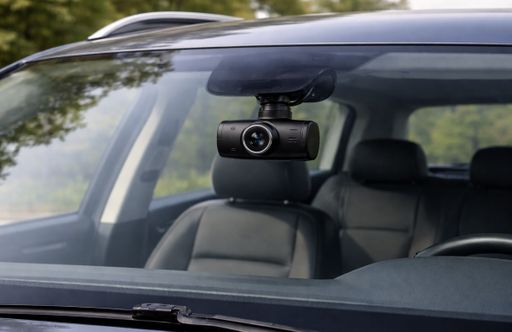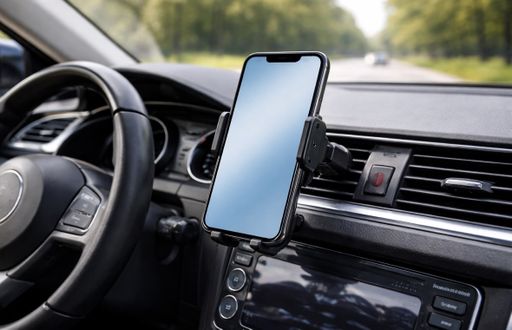Nissan X-Trail vs VW Caddy - Differences and prices compared
Compare performance (213 HP vs 150 HP), boot space and price (34200 £ vs 27800 £) at a glance. Find out which car is the better choice for you – Nissan X-Trail or VW Caddy?
Costs and Efficiency:
Looking at overall running costs, both models reveal some interesting differences in everyday economy.
VW Caddy has a clearly perceptible advantage in terms of price – it starts at 27800 £, while the Nissan X-Trail costs 34200 £. That’s a price difference of around 6398 £.
Fuel consumption also shows a difference: VW Caddy manages with 0.50 L and is therefore significantly more efficient than the Nissan X-Trail with 5.70 L. The difference is about 5.20 L per 100 km.
Engine and Performance:
Power, torque and acceleration say a lot about how a car feels on the road. This is where you see which model delivers more driving dynamics.
When it comes to engine power, the Nissan X-Trail has a noticeable edge – offering 213 HP compared to 150 HP. That’s roughly 63 HP more horsepower.
In acceleration from 0 to 100 km/h, the Nissan X-Trail is significantly quicker – completing the sprint in 7 s, while the VW Caddy takes 11.40 s. That’s about 4.40 s faster.
There’s also a difference in torque: Nissan X-Trail pulls evident stronger with 525 Nm compared to 320 Nm. That’s about 205 Nm difference.
Space and Everyday Use:
Beyond pure performance, interior space and usability matter most in daily life. This is where you see which car is more practical and versatile.
Both vehicles offer seating for 7 people.
In curb weight, VW Caddy is hardly perceptible lighter – 1575 kg compared to 1668 kg. The difference is around 93 kg.
When it comes to payload, VW Caddy somewhat takes the win – 710 kg compared to 574 kg. That’s a difference of about 136 kg.
Who wins the race?
The VW Caddy proves to be leaves the rival little chance and therefore becomes our DriveDuel Champion!
VW Caddy is the better all-rounder in this comparison.
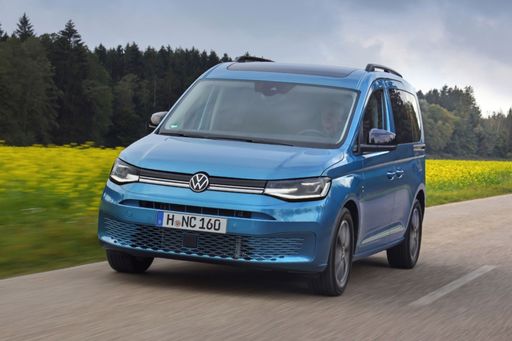
VW Caddy
Costs and Consumption
View detailed analysis
Engine and Performance
View detailed analysis
Dimensions and Body
View detailed analysis
Nissan X-Trail
The Nissan X-Trail is a roomy, no-nonsense family SUV that mixes sensible practicality with a quietly modern look, making it an easy choice for busy lives and weekend escapes. It drives with calm confidence, delivers a comfortable ride and sensible tech, and won’t demand drama while doing the everyday heavy lifting.
details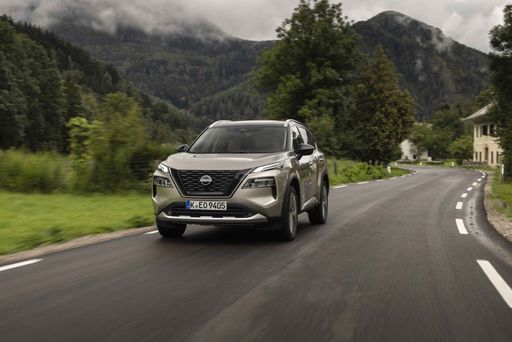
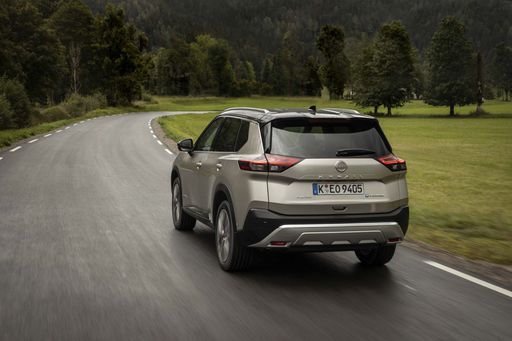
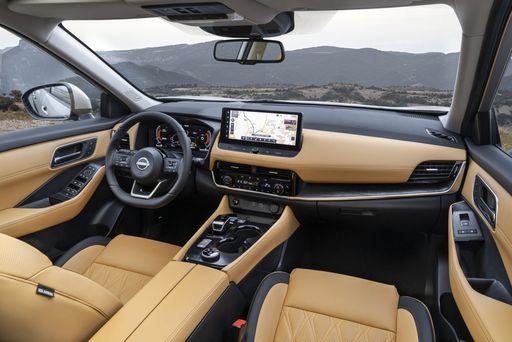
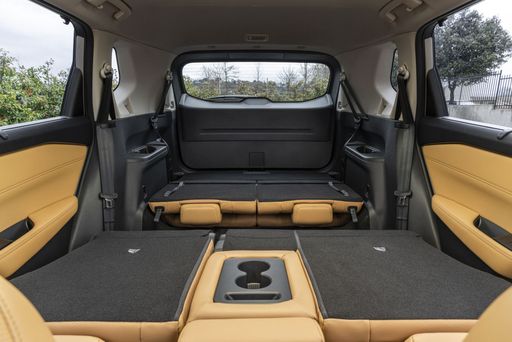
VW Caddy
The VW Caddy is the Swiss-army knife of compact vans — practical, surprisingly refined, and ready to swap a weekend adventure for a grocery run without breaking a sweat. It’s user-friendly, comfortable enough for daily driving, and sensible for buyers who want utility with a dash of style and no drama.
details

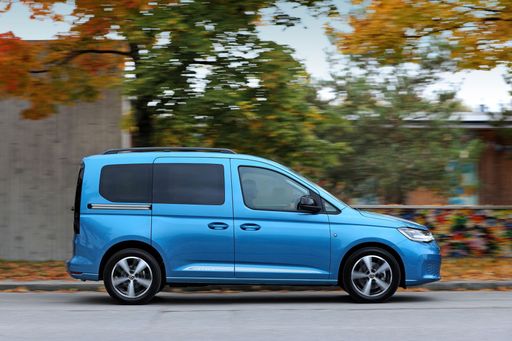
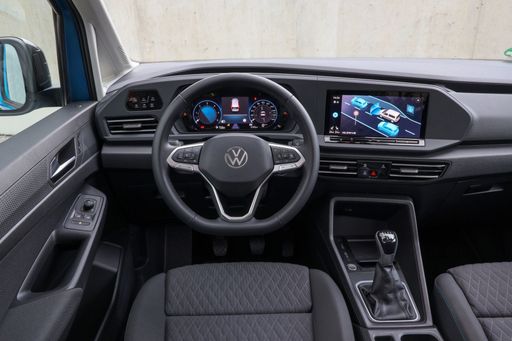
Costs and Consumption |
|
|---|---|
|
Price
34200 - 50500 £
|
Price
27800 - 45900 £
|
|
Consumption L/100km
5.7 - 6.9 L
|
Consumption L/100km
0.5 - 6.9 L
|
|
Consumption kWh/100km
-
|
Consumption kWh/100km
-
|
|
Electric Range
-
|
Electric Range
116 - 121 km
|
|
Battery Capacity
-
|
Battery Capacity
19.70 kWh
|
|
co2
131 - 161 g/km
|
co2
10 - 165 g/km
|
|
Fuel tank capacity
-
|
Fuel tank capacity
50 L
|
Dimensions and Body |
|
|---|---|
|
Body Type
SUV
|
Body Type
High Roof Estate
|
|
Seats
5 - 7
|
Seats
5 - 7
|
|
Doors
-
|
Doors
5
|
|
Curb weight
1668 - 1961 kg
|
Curb weight
1575 - 1998 kg
|
|
Trunk capacity
177 - 585 L
|
Trunk capacity
-
|
|
Length
-
|
Length
4500 - 4853 mm
|
|
Width
1840 mm
|
Width
1855 mm
|
|
Height
-
|
Height
1819 - 1860 mm
|
|
Max trunk capacity
-
|
Max trunk capacity
2556 - 3700 L
|
|
Payload
432 - 574 kg
|
Payload
501 - 710 kg
|
Engine and Performance |
|
|---|---|
|
Engine Type
Petrol MHEV, Full Hybrid
|
Engine Type
Petrol, Diesel, Plugin Hybrid
|
|
Transmission
Automatic
|
Transmission
Manuel, Automatic
|
|
Transmission Detail
CVT, Reduction Gearbox
|
Transmission Detail
Manual Gearbox, Dual-Clutch Automatic
|
|
Drive Type
Front-Wheel Drive, All-Wheel Drive
|
Drive Type
Front-Wheel Drive, All-Wheel Drive
|
|
Power HP
163 - 213 HP
|
Power HP
102 - 150 HP
|
|
Acceleration 0-100km/h
7 - 9.6 s
|
Acceleration 0-100km/h
11.4 - 14 s
|
|
Max Speed
-
|
Max Speed
173 - 186 km/h
|
|
Torque
300 - 525 Nm
|
Torque
220 - 320 Nm
|
|
Number of Cylinders
3
|
Number of Cylinders
4
|
|
Power kW
120 - 157 kW
|
Power kW
75 - 110 kW
|
|
Engine capacity
1497 cm3
|
Engine capacity
1498 - 1968 cm3
|
General |
|
|---|---|
|
Model Year
2025
|
Model Year
2024
|
|
CO2 Efficiency Class
F, D, E
|
CO2 Efficiency Class
E, F, B
|
|
Brand
Nissan
|
Brand
VW
|
Is the Nissan X-Trail offered with different drivetrains?
The Nissan X-Trail is offered with Front-Wheel Drive or All-Wheel Drive.
The prices and data displayed are estimates based on German list prices and may vary by country. This information is not legally binding.

